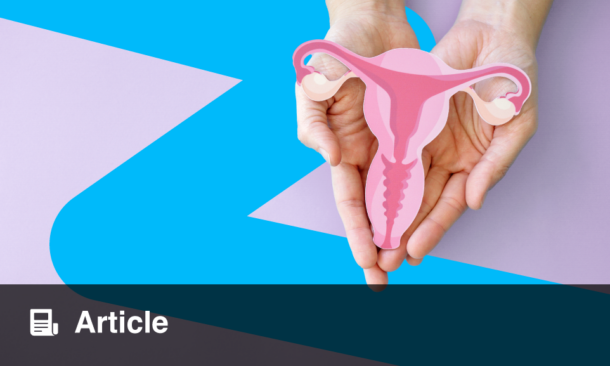RESEARCHERS from New York, USA, investigated the potential link between maternal urinary concentrations of bisphenols and phthalates during pregnancy and child adiposity outcomes, from birth to 4 years of age. These chemicals, extensively used in consumer products, pose health risks due to their ability to cross the placental barrier and interfere with hormonal systems. Thus, this study aimed to understand how exposure to these endocrine-disrupting chemicals impacts early childhood growth, considering the known risks associated with rapid weight gain during infancy and early childhood.
The study included 1,091 mother-child pairs from the New York University Children’s Health and Environment Study (NYU CHES), USA, with urine samples collected at different stages of pregnancy. Bisphenols and phthalates were measured using high-performance liquid chromatography-electrospray ionisation tandem mass spectrometry. Child adiposity indicators (weight, height, and skinfold thickness) were measured at ages 1, 2, and 3–5 years, and statistical analyses were performed to assess associations between prenatal chemical exposure and child growth. Maternal demographic and lifestyle information was collected via prenatal questionnaires, while maternal age, pre-pregnancy BMI, and parity were obtained from electronic medical records.
Results indicated associations between second–trimester bisphenol concentrations and child weight from birth to 4 years of age, as well as associations between specific phthalate metabolites and child weight/BMI at ages 3 and 4. However, no significant associations were found between overall child BMI, or skinfold thicknesses, and prenatal exposure to these chemicals. Further analyses revealed associations between certain phthalate metabolites and child weight at 3 and 4 years, as well as increased child BMI at 4 years with higher prenatal concentrations of specific phthalates. Sex-specific analysis showed non-significant associations, and no significant links were found between maternal chemical concentrations and infant growth deceleration or acceleration.
In conclusion, the study identified positive associations between maternal urinary concentrations of bisphenols and phthalates during pregnancy and child weight and BMI outcomes in early childhood. These findings contribute to our understanding of the effects of prenatal exposure to these chemicals on child growth. Future research should include multi-cohort studies with diverse populations and repeated prenatal measurements, to further explore these associations and implications for child health.
Reference
Blaauwendraad SM et al. Fetal bisphenol and phthalate exposure and early childhood growth in a New York City birth cohort. Environ Int. 2024;187:108726. [Epub ahead of print].








